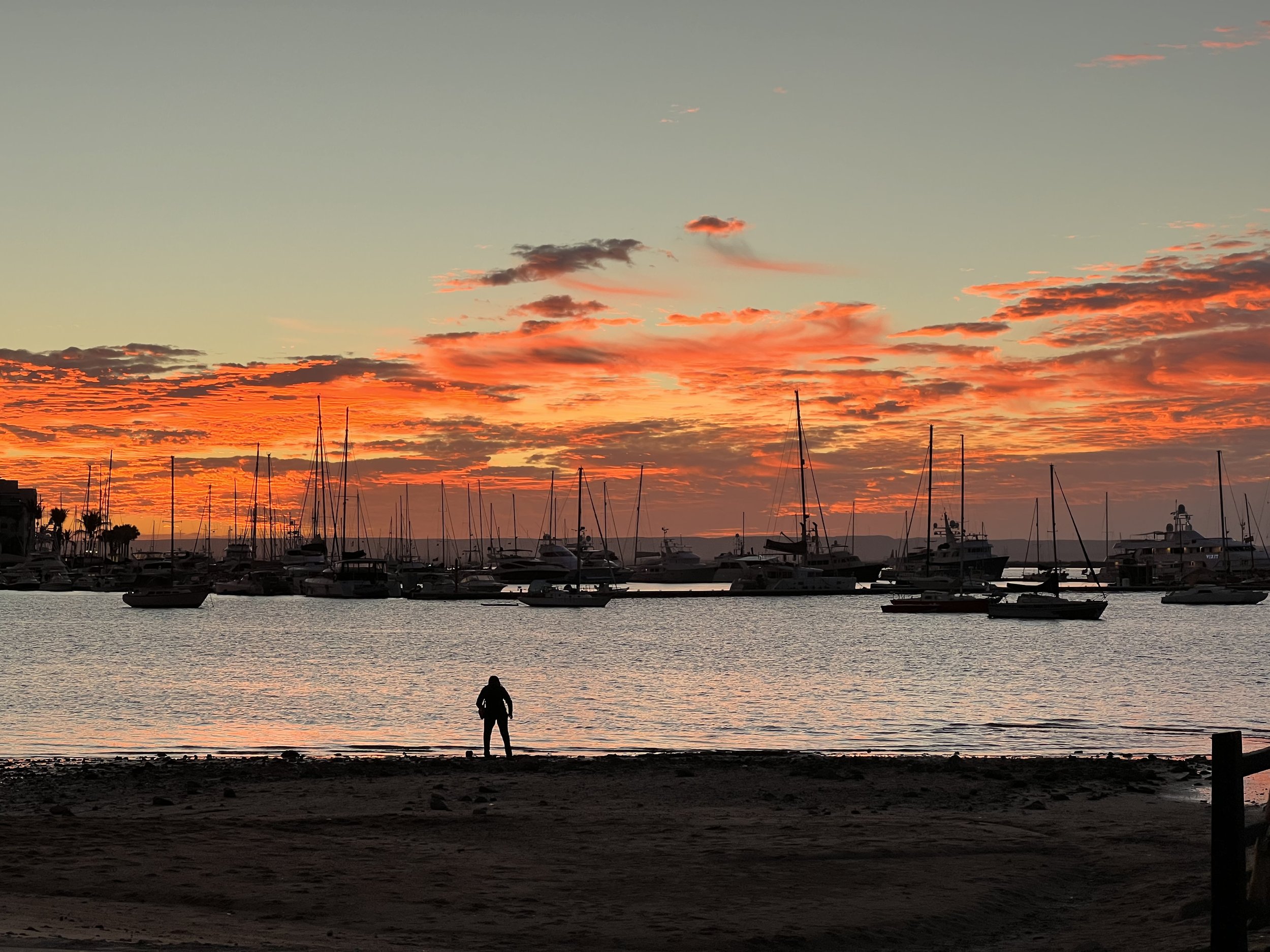
Travel Dispatches from a Vagabond’s Adventures
Two people traveling seven continents — never by jet — one day, one culture, one experience at a time. We are on a personal pilgrimage to illuminate how our planet’s long and remarkable history has shaped all of us. The world has much to give. See the world face-to-face in these deep dives into locations around the world!
Continent #3: Africa
DISPATCH XXXVI
I followed her through a narrow archway and down steep stone steps into the riad’s bowels. We were way down there. Inside I found three dark rooms, one with a tub (too small for a human), the other two with large tables — one stone and one wooden. The whole scene looked like a great place to hold the Spanish Inquisition. The rooms were pristine, but I wondered if Riad Kalaa had always been a Hammam. It was built in the 1600s. Maybe it used to serve as a medieval dungeon. Rayna chuckled and said she didn’t know, but explained that the Hammam ritual was routine for Moroccan muslims. Then she shot me a look as if to say, “Really, you’re gonna like it.” I checked for chains and manacles anyway.
Dispatch XXXIV
We walked out of the Rabat train station completely clueless. My Arabic consisted of phrases like Salaam, Inshallah and Yella in an Arabic speaking nation, and we had no more idea where we would be laying our heads this night than a blind man plopped in a Moroccan medina. Our cell service was non-existent, but I had preloaded a map of our route to the riad on my iPhone and it told us we were about 12 minutes away. All we had to do was get a taxi to the right hotel.
Outside the station a cluster of taxi drivers clambered up to us ready to take us anywhere we wanted to go. A small boned driver with a dark mustache elbowed his way to us. “Yella, yella!” He said. Let’s go.
“How much,” I asked, rubbing my thumb and forefinger in the universal signal of dinero.
He spoke in rapid Arabic but I thought I caught the word for eight, and I had also roughly calculated that the trip would cost about 80 dirham. So I figured this was our man.
That was my first mistake.
Dispatch XXXIII
We headed through the citadel’s heat and labyrinthine passages and onto the Tizi n'Tichka, the Berber word meaning snake road. Its pass worms its way through the High Atlas Mountains that separate Ouarzazate from Marrakesh like the flanks of two shoulders. We headed through the citadel’s heat and labyrinthine passages and onto the Tizi n'Tichka, the Berber word meaning snake road. I thought again how incredibly unforgiving this land could be, at least to me who had grown up in a lush Pennsylvania river valley. How Morocco’s Berbers, like the Bedouin of Arabia, have managed to survive, let alone thrive is beyond understanding. It is dry enough that you can hardly find the saliva to spit. But then I thought of the Inupiat and Sami people of the arctic and Tueleche in Patagonia, the Fuegians of Tierra del Fuego and the Aborigines of Australia’s Outback and realized humans seem capable of laying down roots almost anywhere.
Dispatch XXXII
We sat with the Sahara at our feet, a land so vast that it extended clear from us to the pyramids of Egypt, thousands of miles away. I wondered about the man from another time we had passed, and the beggar Ismail had given water, and the old carved lion and the broken pillars of Volubilis and marveled at what a world we live in. How complex, how rich, how unfair, how spectacular and horrible and tried to make sense of it. I couldn’t. Instead, Cyn and I both sat before the sands, beyond relaxed, beyond amazed and humbled until finally a small group of local musicians sat to serenade us with their music. Eventually, it was time to retire into our palatial bed to imagine tales of sultans and bedouins and flying carpets, and finally sleep.
Dispatch XXXI
It’s not every day that you can wander a land where centurions, artists, builders and kings, Roman craftsmen, merchants and bureaucrats once trod two thousand years in the past. At the height of the empire 20,000 “Volubilitani” walked these cobble-stoned streets. I imagined the horse and mule carts clattering through the city, the bustling markets, probably much like those in the Medinas of Fez, without the air conditioning. It all provided a sobering perspective on the human race and I was humbled. Here we were at the southwestern rim of an empire that once stretched from the valleys of Morocco to the ancient city of Babylon. It reminded me that we are all simple blips in the human drama we call history.
Dispatch XXX
Looking for a great trip to Morocco? The storied city of Fez is a must. Its ancient Medinas are among Morocco’s nine UNESCO World Heritage Sites, brimming with stunning craftsmanship, architecture, some of the world’s finest food, most beautiful leather goods, and ceramics. It’s exotic locations and 1200 year history will make any Indiana Jones wannabe’s mouth water.
Dispatch XXIX
Back in the 1930s, the expatriate writer and composer Paul Bowles thought he was coming to Tangier on a lark. He never left. “I relish the idea that in the [Tangier] night,” he once said, “all around me in my sleep, sorcery is burrowing its invisible tunnels in every direction, from thousands of senders to thousands of innocent recipients. Spells are being cast…” There was something to that. To me Tangier fell in with that small group of international cities that were once entirely independent, a city-state, unencumbered by the nation’s that surrounded it: Trieste, Monte Carlo, Ephesus, Alexandria. Cities like this take on a flavor and confidence that is more cosmopolitan than most. Bowles called it the navel of the world.
Dispatch XXVIII
I had been looking forward to this day for years and the idea of finally making it across the Straits of Gibraltar (the Pillars of Hercules to the ancients) had me giddy with excitement. The modern Kingdom of Morocco was created in August 1956, but its roots go far deeper. To me it was one of those fabled countries, a place of mystery and enchantment where men in their djeelabas and and women in their hijabs walked the clamoring markets; where descendants of Neanderthals had migrated from Africa into Europe and Hannibal had massed his armies for an assault on the Roman Empire; where the Moors and Celts, Phoenicians, Portuguese and Spanish had changed and exchanged the fortunes of millions again and again whether it was the caliphates of Islam pouring into Andalusian Spain or Franco raising his fascist army before cutting that nation in two and auguring the slaughter of World War II.
Continent #2: Europe
DISPATCH XL
Walking the Camino Portuguese from Pontevedra to Padrón, we faced heat, blisters, and conversations with fellow pilgrims that shaped this summer stretch of the journey.
DISPATCH XXXIX
A short walk turned into a long story. On our second day along the Camino Portugués, we crossed ancient Roman bridges, met a globe-trotting priest from Delaware now living in Manila, and learned the hard way what blisters can do to a pilgrim’s pace. Between stretches of shaded forest and the charm of Pontevedra, the journey became less about the miles and more about the meaning.
DISPATCH XXXVII
Once inside the church I was fear-struck. But why? It was my childhood as a catholic altar boy mixed with the dread and power of the enormous church. Hesitantly I walked to the sacristy door, certain that when I knocked a rogue nun would slap my wrist or shake me by the shoulders and waggle her finger at me for daring to invade the sacred privacy of the place. But finally I did knock on the big wooden door. Me, a heathen agnostic, fallen from the Church, wanting not salvation but a credential for some personal adventure. I had interviewed Nobel Laureates, shaken hands with Henry Kissinger and met who knew how many celebrities, but here I was beside myself.
The door opened. An elderly, kindly priest stood before me. He wore his cassock and collar. His hair was dark and thinning. He smiled at me. I stuttered out my purpose for being there in a few syllables of mangled Spanish. A two euro contribution was usually expected in exchange for the passport, but I only had one euro or €20. Did he have change? He gently waved his hand away. The money was unnecessary, and then handed me the “passport.” I felt right then that he must be the kindest man in the world, and thanked him far too many times. Outside I showed the piece of paper to Cyndy and grinned. I knew now that we were officially on "The Way."
Dispatch XXXV
The morning was bright and sunny when we awoke in Boden, Sweden, even if it was below freezing. The previous evening we had arrived at the town’s tiny train station and hauled our bags to the Quality Bøden Hotel for the night. This morning our plan was to return through the town’s quiet streets to board our 11:51 train to Haparanda on the Swedish border, from whence we would cross into Tornio, Finland, and strike north to Arctic Circle and Lapland, where, I was told, I shared some genes on my mother’s side of the family. Solid plan, except … The train was canceled.
Dispatch XXVII
At 12:30 PM our Lyft driver zipped us to Brooklyn’s Cruise Terminal - Pier 12 where, with luck, we would eventually find ourselves in stateroom 5029 on deck 4 of the great ship. At least that’s what the Cunard paperwork told us would happen. Except when we arrived there were problems. Along side the Queen an ominously long line has formed and it didn’t not seem to be moving. “Computer issues” was the word we got as we joined the line.
Continent #1: North America
Dispatch XXVI
We were excited about boarding the El Chepe Express. We had heard and read plenty about it. But getting our ticket and then getting on the train was work. It can be this way in Mexico. When we attempted to buy our tickets online while still in Baja, the El Chepe website was a disaster even though we followed every rule (in Spanish) to the letter (perhaps this was the problem?). Finally I called FerroMex, El Chepe’s rail company, and after many entanglements with our misaligned languages managed to get an email that proved we had paid for our tickets. But did we actually HAVE a ticket? I wasn’t sure.
Dispatch XXV
Sweeping west we saw some of the most arid country I’d ever come across. Even the cactus seem to shrivel. If you happen to be looking on Baja from a satellite, it would appear to be folded chocolate fudge, all dark swirls and humps and valleys; not a green thing in sight. We wound our way through it in less than two hours before bisecting a great mountain pass and then descending out of the desiccated plateau to the azure Sea of Cortez below, windswept with mountain/islands that seemed to erupt from the water, green to their caps. After hours of seeing nothing but dust and grit, it was like coming into Tolkien’s Valinor.
Dispatch XXIV
Another perfect San Diego morning. From Mission Beach we hop Lyft to the Mexican border. There Cyn and I climb out of the car and stand like a couple of waifs on the street corner and struggle to get our bearings. We find a sign: Border Crossing and follow with bags on our backs to revolving metal doors. Above us the simple massive word: MEXICO.
Beyond the doors we pass through a dark, vaguely sinister feeling hallway. Had I seen too many movies about nasty border guards in Spanish speaking countries? Arrive at a counter with plexiglass windows. Very standard. The moment we open our gringo mouths a slim, crisply dressed uniformed border guard pulls us aside, and sits us in a room nearby. Oh-oh.
Dispatch XXIII
The next morning ghostly clouds enshrouded the monuments outside our window. I felt we were in a mythic land, an unreal place. The wind soon sheared the mist away revealing buttes hundreds of feet high and pillars that seemed to connect earth and sky. Everywhere the land was red as if drenched by a million sun rises.
Dispatch XXII
The morning was damp and gray. We left Monticello’s Grist Mill and the Maverick Gas Station behind to drive to Canyonlands National Park. It was important to see the sights there. On the way we needed to track down the place where Thelma and Louise had met their fate in the movie named for them, the one that launched Brad Pitt’s career and memorialized the last ecstatic moments of Susan Sarandon and Geena Davis. Miles and miles of flat, rocky plains surrounded us when we pulled off the main highway and snaked canyonward.
Dispatch XXI
Before Fraser, CO the Zephyr snaked into a six mile hole in the ground called Moffat Tunnel and for 10 minutes we disappeared into blackness. Half way into the tunnel, our conductor announced that we were as deep beneath the ground as anyone one on earth could be. Above us sat 2000 feet of solid rock. To create it engineers had blasted the tunnel right through the continental divide between 1923 and 1928. As we entered the tunnel all snow, rain, water, creeks and rivers tumble to the Platte and the Missouri Rivers onto the Mississippi and eventually the Gulf of Mexico. But on the other side, every drop of water flows to the Pacific.
Dispatch XX
Many of you have been kind enough to say thanks for the Dispatches I began sending the first day we bounced our bags down Smallman Street in Pittsburgh to catch the Amtrak train that began our 7-continent journey. We have, however, encountered a problem. I am way behind on those Dispatches. But I think I have a solution ...
Dispatch XIX
The sky was big in Montana, just as its license plates say it should be as we skirted its western border and headed south to Wyoming. We rolled along a secondary highway past ranches and seas of grass waving in the crisp November air. Its was relaxing. Hours passed and the sun had set when we made it to the little town of Huelet. The hotel lobby was festooned with the heads of magnificent elk, bison and deer now no longer with us that ran up and around the big staircase that led to our room.
Dispatch XVIII
In full sunlight Medora looked as though it had been dropped whole from a Warner Bros. studio lot, with its one and two story clapboard buildings lined up against the raw mountain cliff behind it waiting for a gunslinger to emerge. The town boosted my fascination with the sanitized west I recalled as a kid. Being a boomer, my boyhood brain had been filled with shows like Gunsmoke, Maverick, Cheyenne, Wyatt Earp, Bonanza, the Lone Ranger.
Dispatch XVII
Who would have ever thought excitement and adventure would come to Sturgis, South Dakota? But today, is a beloved place in the American west, the motorcycle capital of the world where every summer the town of 7,000 morphs into a metropolis of more than 600,000 fun-loving, hard-drinking, hog-roaring bikers.
The Wild West rides again.
Dispatch XVI
You could write volumes about Deadwood and its checkered past; maybe even create a TV series about its wild days as a gold rush boomtown where vice seemed more at ease than virtue. Cyndy and I wandered along Main Street. It had the look of a classic Hollywood movie set, except for the cement sidewalks and parking meters. The wood facades and big glass windows were still there waiting to be shot out by Steve McQueen or John Wayne or maybe Chris Pratt.
Dispatch XV
In the summer of 1857 a light skinned, 17-year-old Oglala Sioux brave whose mother nicknamed Curly, decided to go on a vision quest so that he could understand the future path his life should take. His father, sometimes known as Worm, was a respected shaman in the tribe. He made arrangements and accompanied his son on his quest so that he did it the proper Sioux way. They rode away, fasted and set up a sweat lodge where they spent time and discussed his future…
Dispatch XIV
The story behind Mount Rushmore isn’t what you think it is.
In 1924, historian Doane Robinson asked famed sculptor John Gutzon de la Mothe Borgum to create a series of monumental sculptures depicting great heroes of the American West. The project was to represent “not only the wild grandeur of its local geography but also the triumph of western civilization over that geography through its anthropomorphic representation.” The Lakota Sioux held a very different point of view…
Dispatch XIII
If you never heard of Wall Drug, a uniquely American place in the middle of nowhere that 2 million people a year visit, read on. And then learn about South Dakota’s Badlands, which look more like the moon than planet earth.
The eerie, terrible beauty of South Dakota’s Badlands. Last stop before we worked our way west to Mt. Rushmore and the Crazy Horse Memorial in South Dakota.
Dispatch XII
The curious Corn Palace of South Dakota. We found it as we headed across the American Midwest into the Badlands of South Dakota and Mt. Rushmore.
Dispatch X
Cyndy Mosites and I journey to one of the four corners of The Flat Earth, the wilds of Bonavista Newfoundland.
Dispatch IX
Most of us think that Christopher Columbus and his crew were the first to stumble across North America in 1492. That turns out to be quite wrong. Long before Columbus, a forgotten encounter reshaped the fate of two worlds. We learned where they met, and the story behind how.
Dispatch VIII
The ferry from Nova Scotia to the wilds of Newfoundland. We were not disappointed. (Photo by Chip Walter)
Dispatch VII
The tiny fishing village of Peggy’s Cove, Nova Scotia, and it’s still operating lighthouse. (Photo by Chip Walter)
Dispatch VI
One reason Maine is so calming is because not many people live there. All 39,000 square miles of Maine are home to only 1.3 million souls. The proof is written on Mainers’ license plates. Their numbers and letters are truncated compared to license plates you’d see in New York, Pennsylvania or Massachusetts — 499 XM, for example, or P 99 h, or one we saw that simply read BABE.
Dispatch V
Becky’s Diner, Portland, Maine. Known for its delicious lobster rolls. Is there ever any fresh lobster that does taste good? (Photo-Chip Walter)
Dispatch IV
Vermont, in the fall. Enough said. We explored the Green Mountains and it was breathtaking. (Photo by Chip Walter)
Dispatch III
Day one of our Vagabond Adventure, departing the Pennsylvanian train to New York. We made it right on time, even if it wasn’t part of our original plan. (Photo-Chip Walter)
Dispatch II
The mighty Colorado River as it enters Arches National Park. This drive is considered one of the most spectacular in the United States. We were curious to find out, and eventually we made the drive. We agree. (Photo - Chip Walter)
Dispatch I
Dear Good Friends! Ok. We’re overwhelmed. I admit it. But still awfully damned excited. Our planned journey around the world is coming as surely as winter in the Game of Thrones. (Perhaps that’s a poor analogy.) We plan to depart the end of September. Maybe the world will have calmed down a bit by then. We can hope. […]



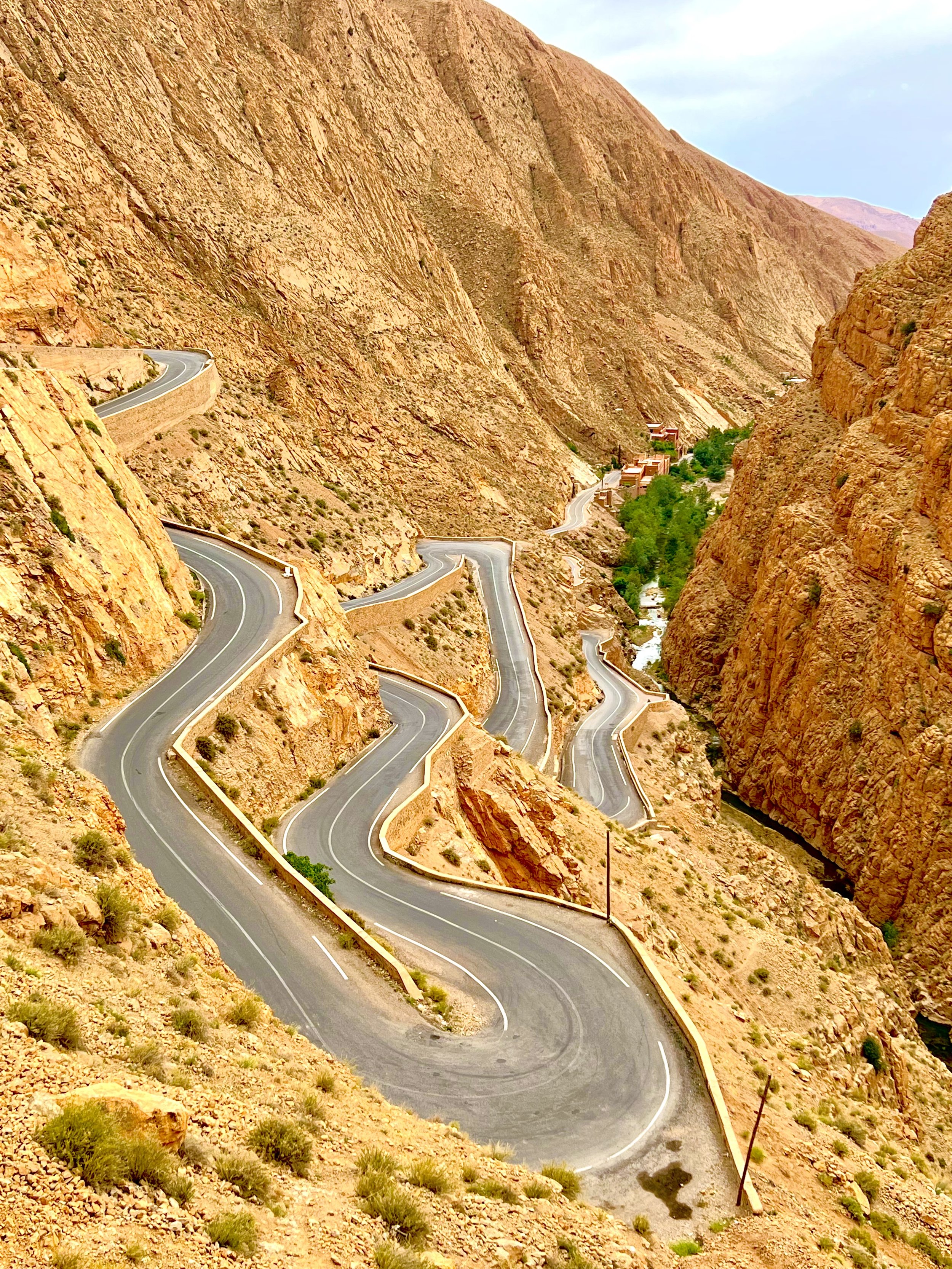
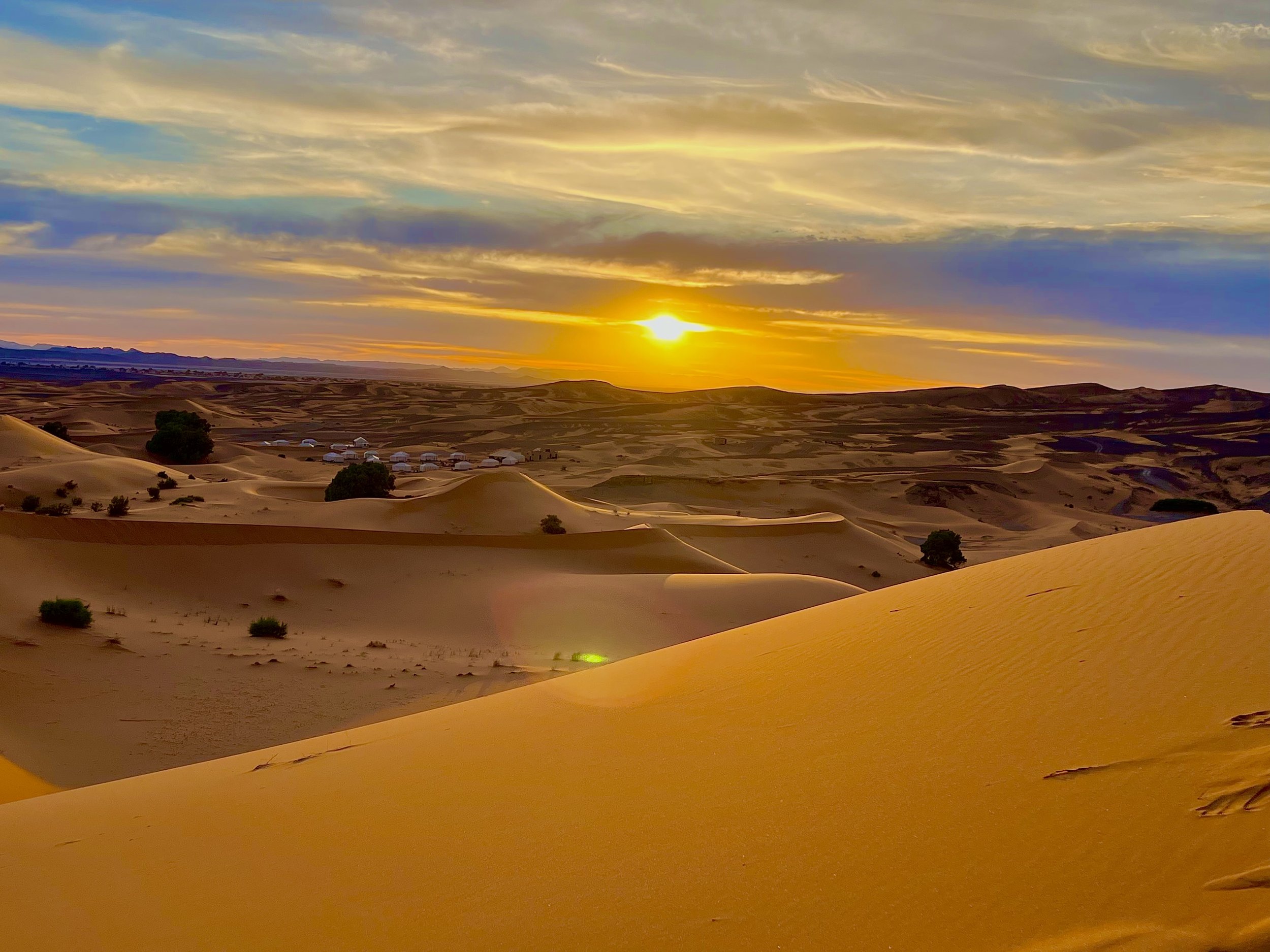
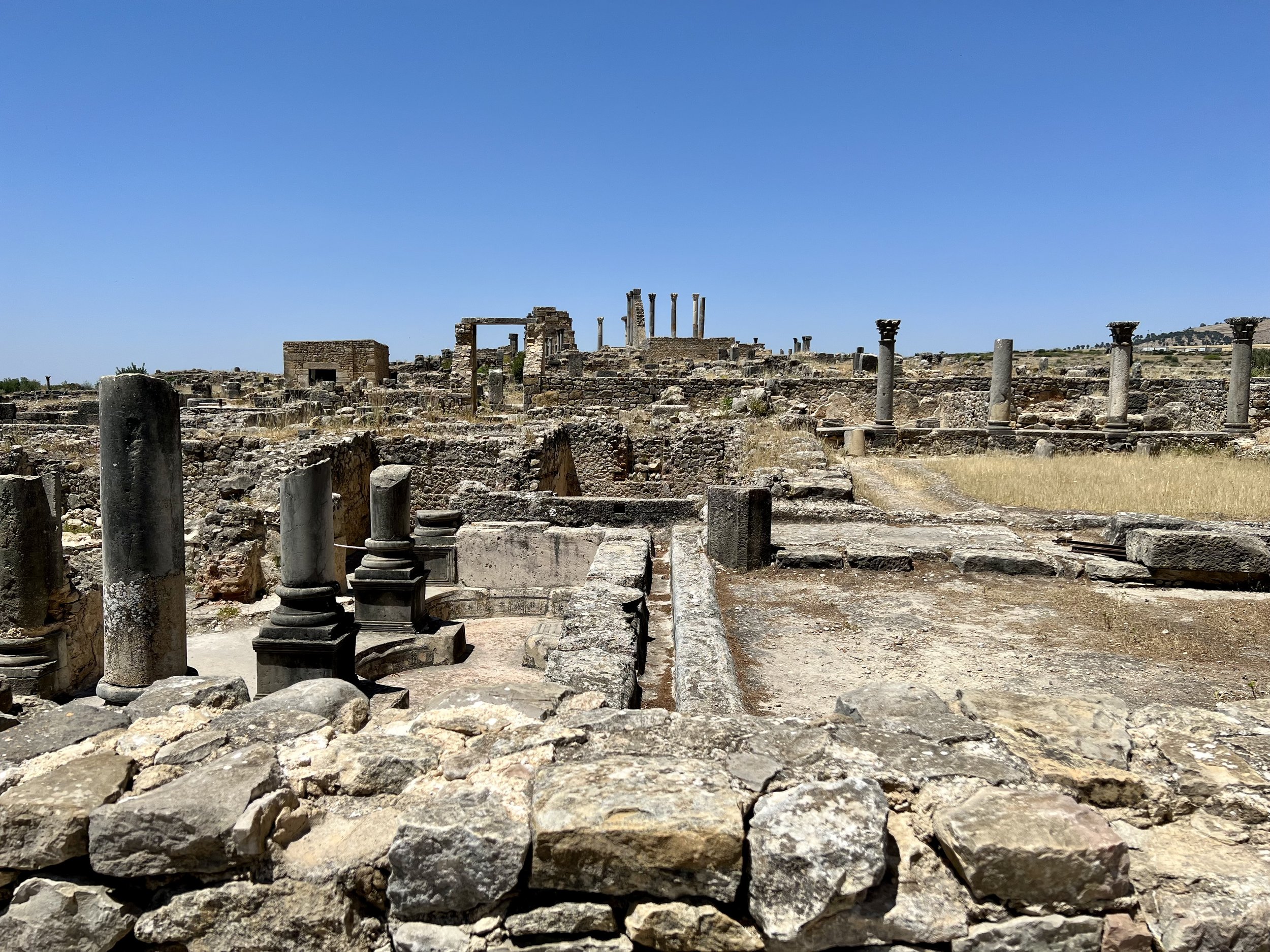
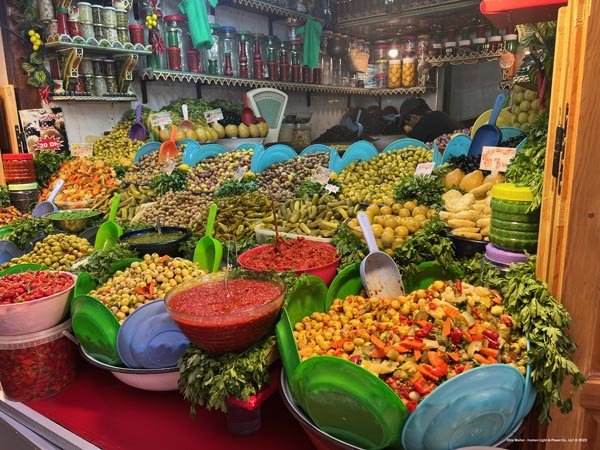
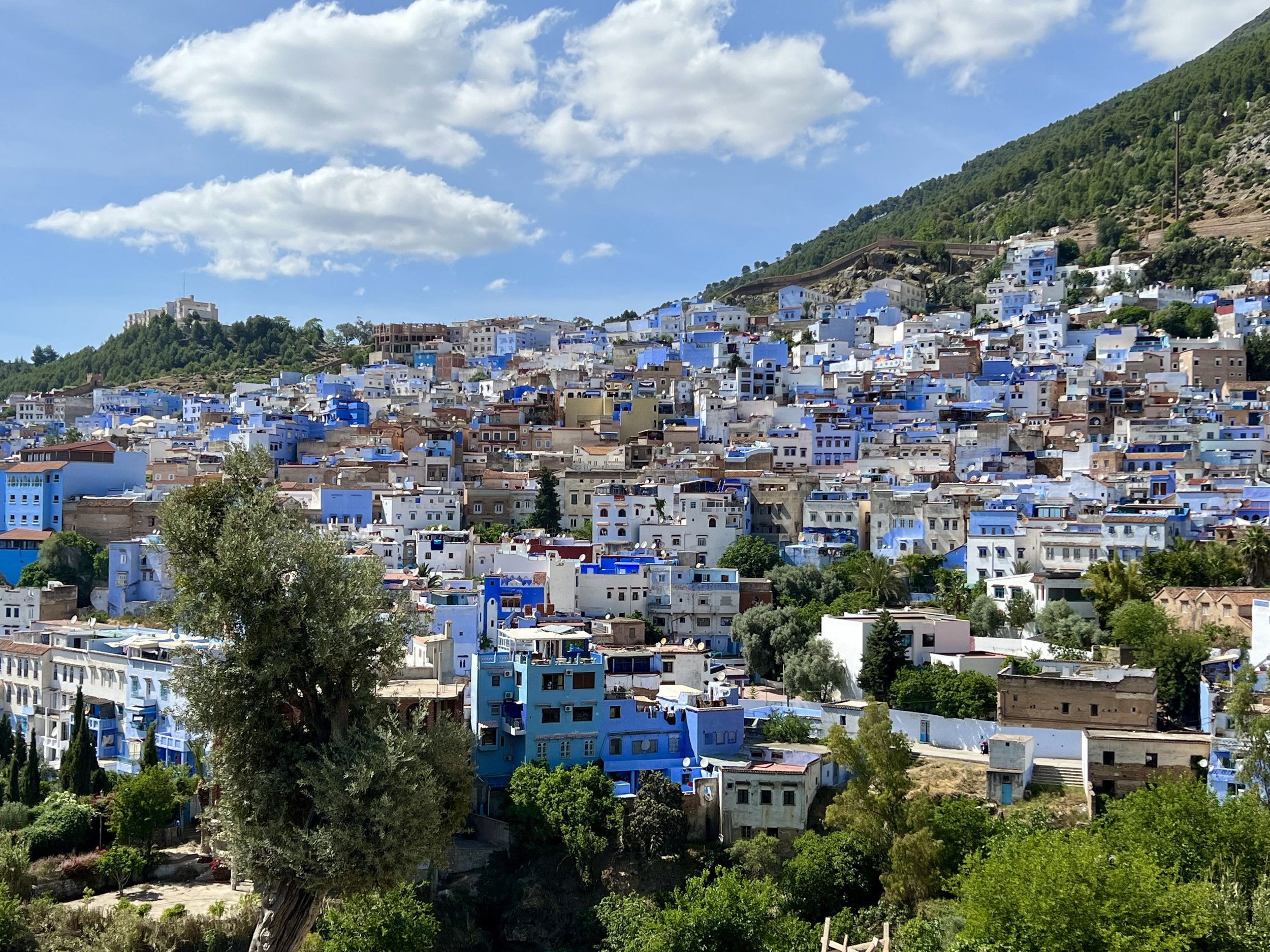
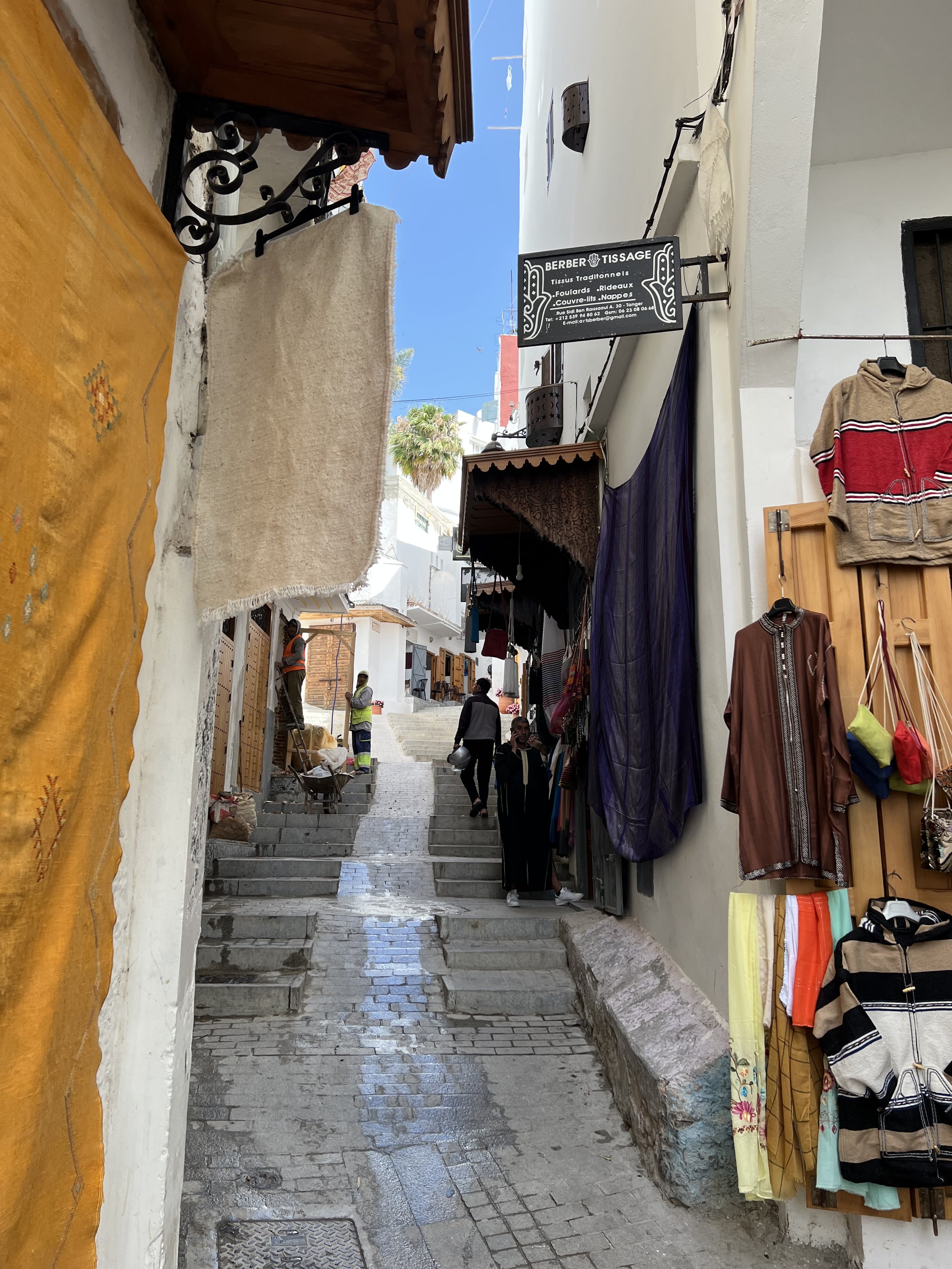



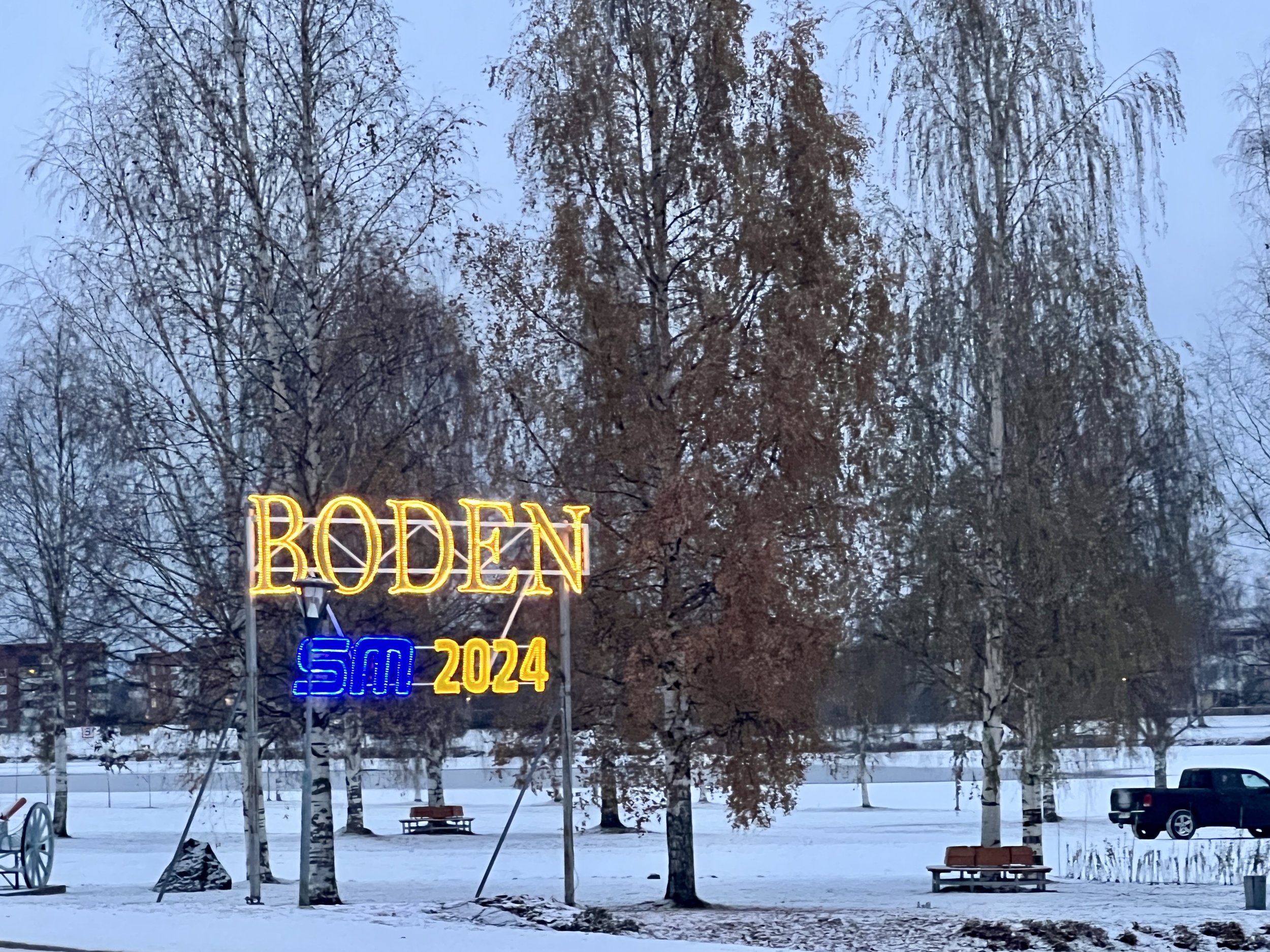

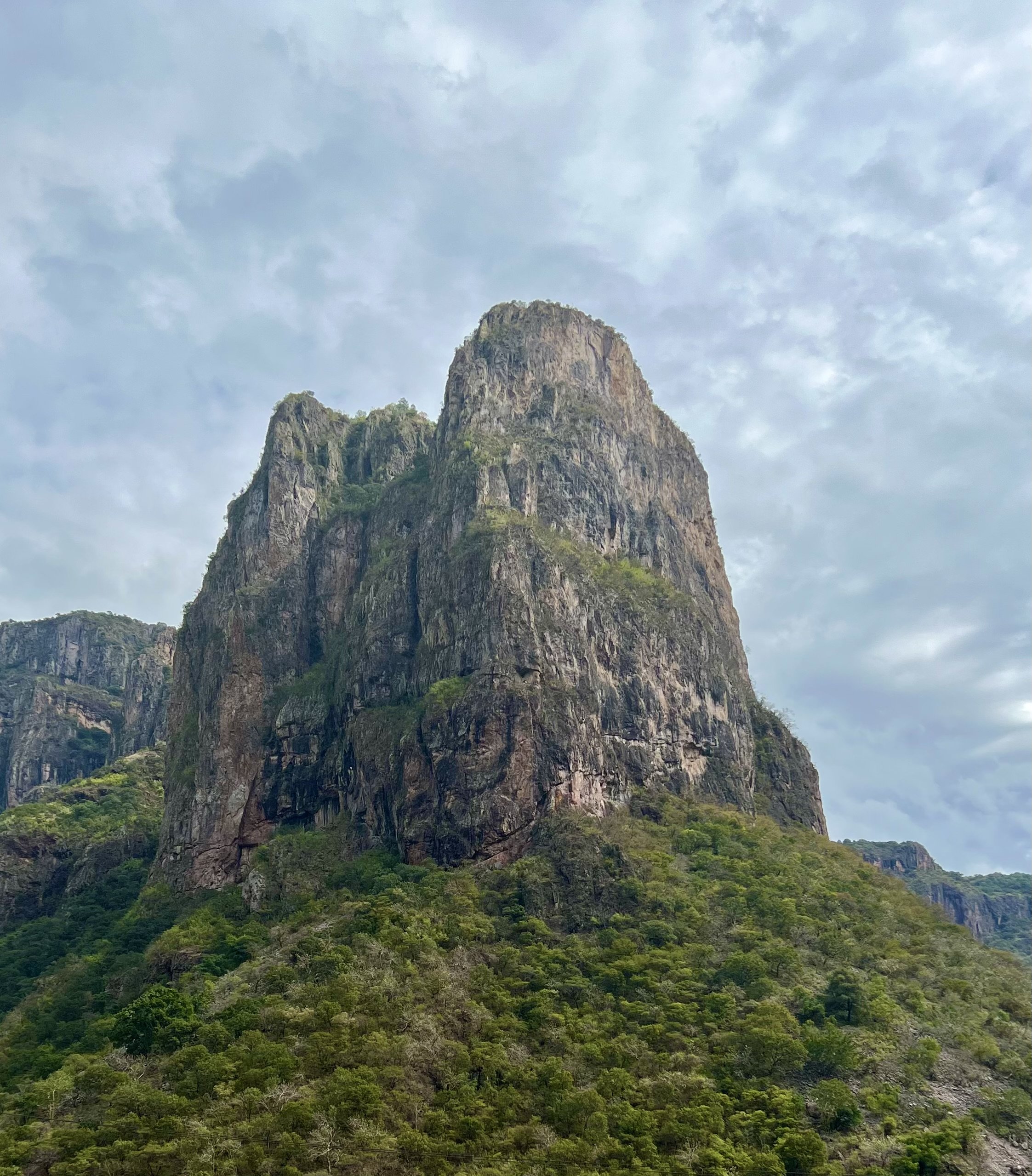



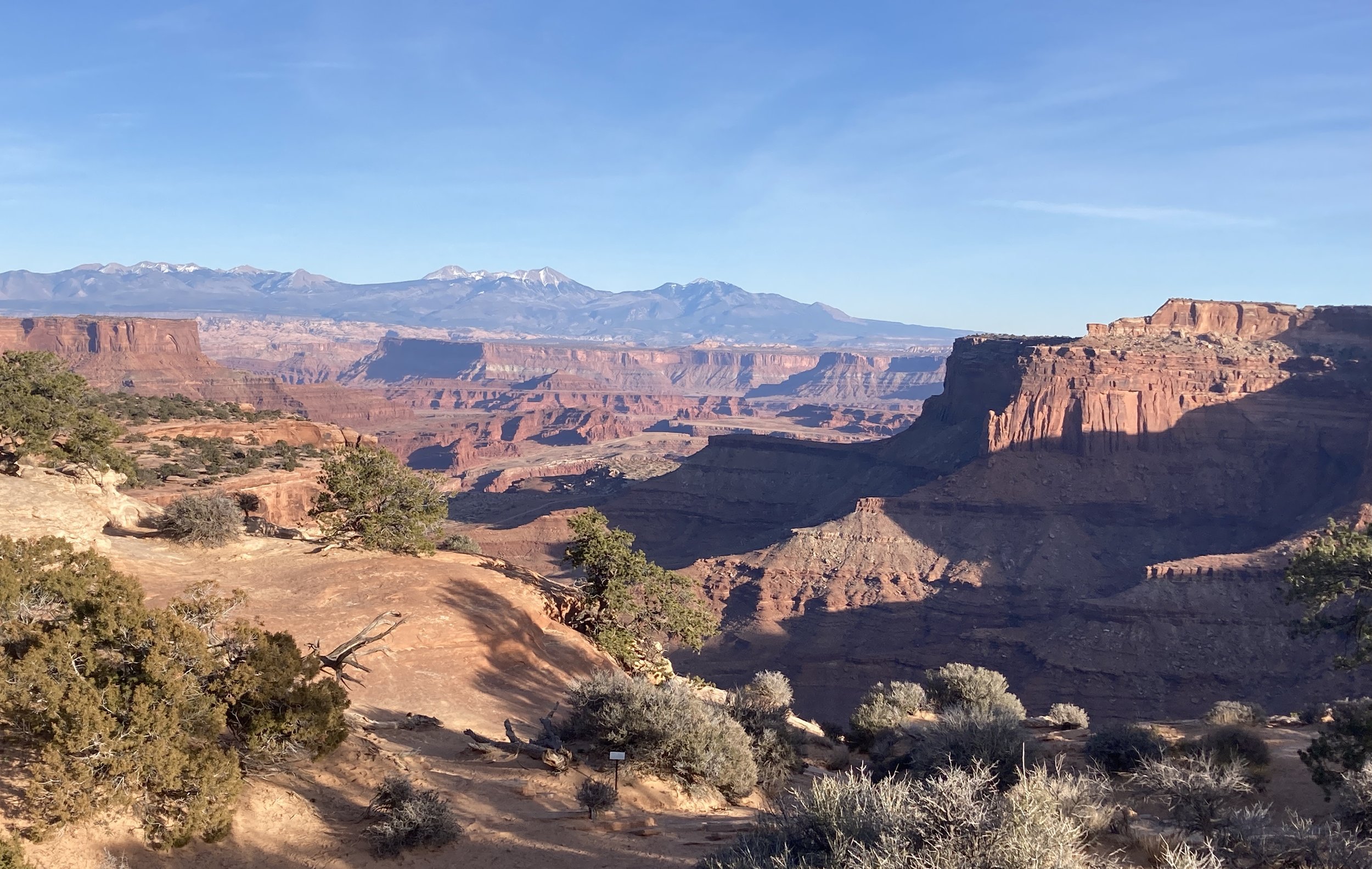
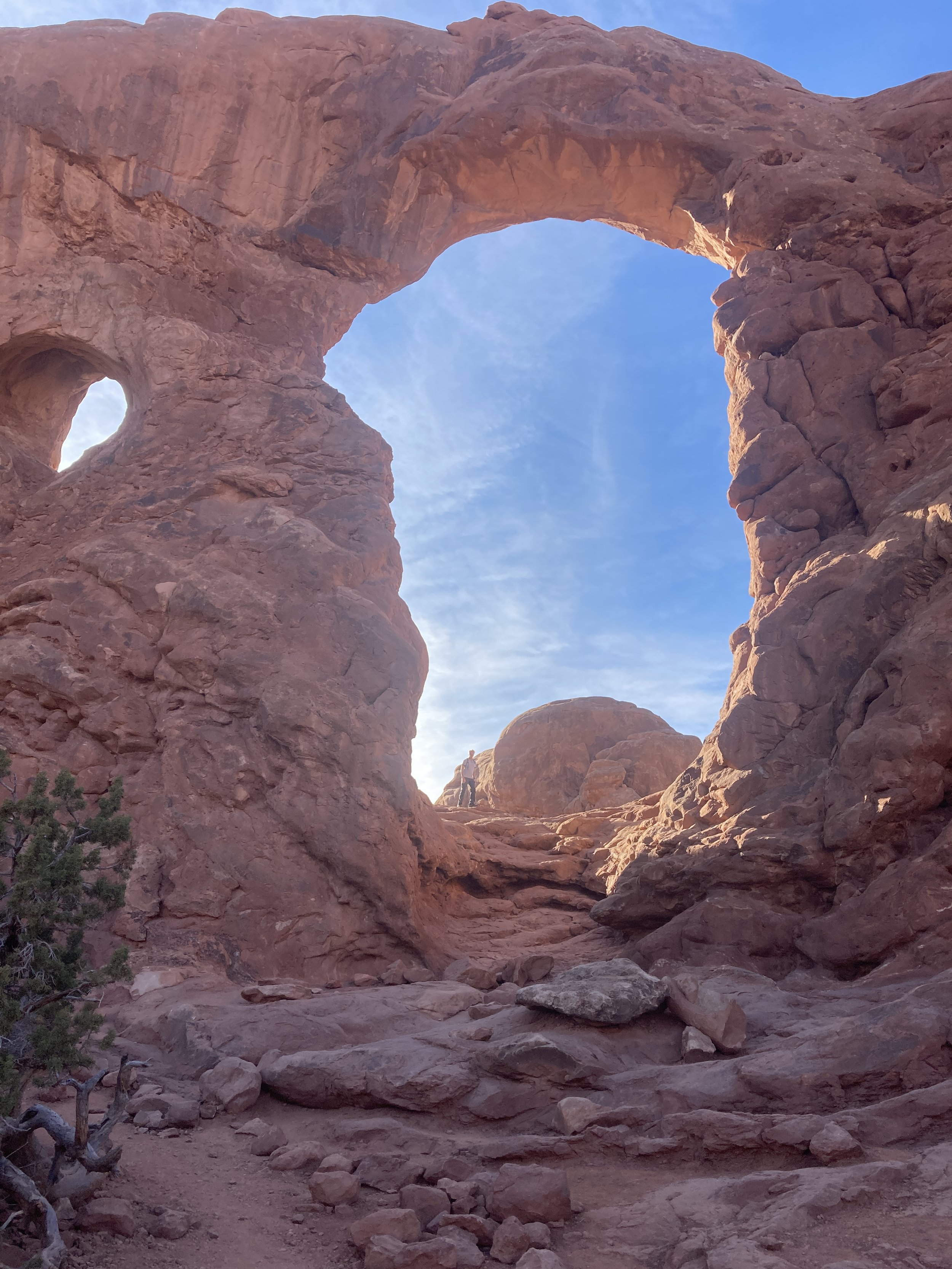

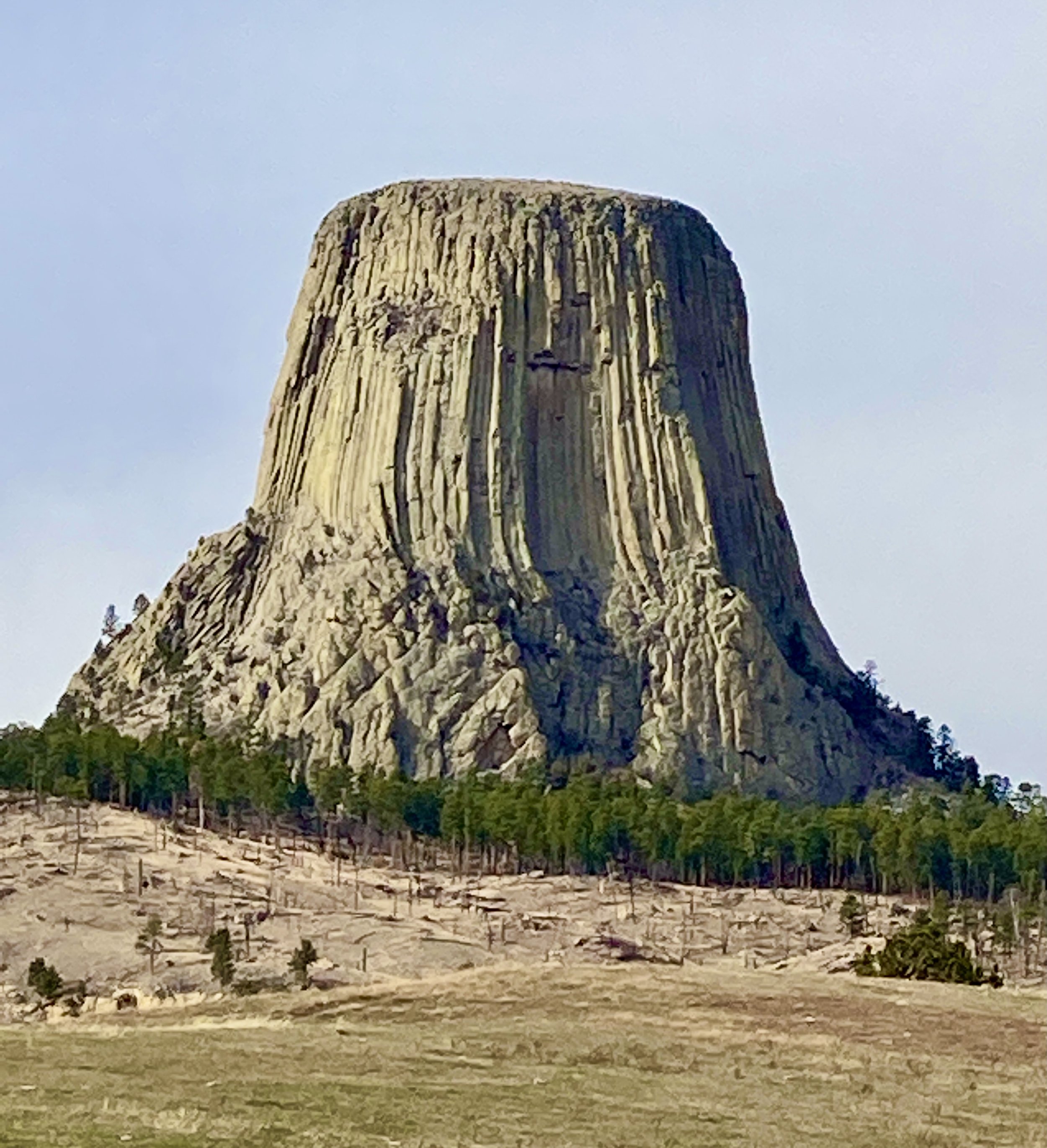




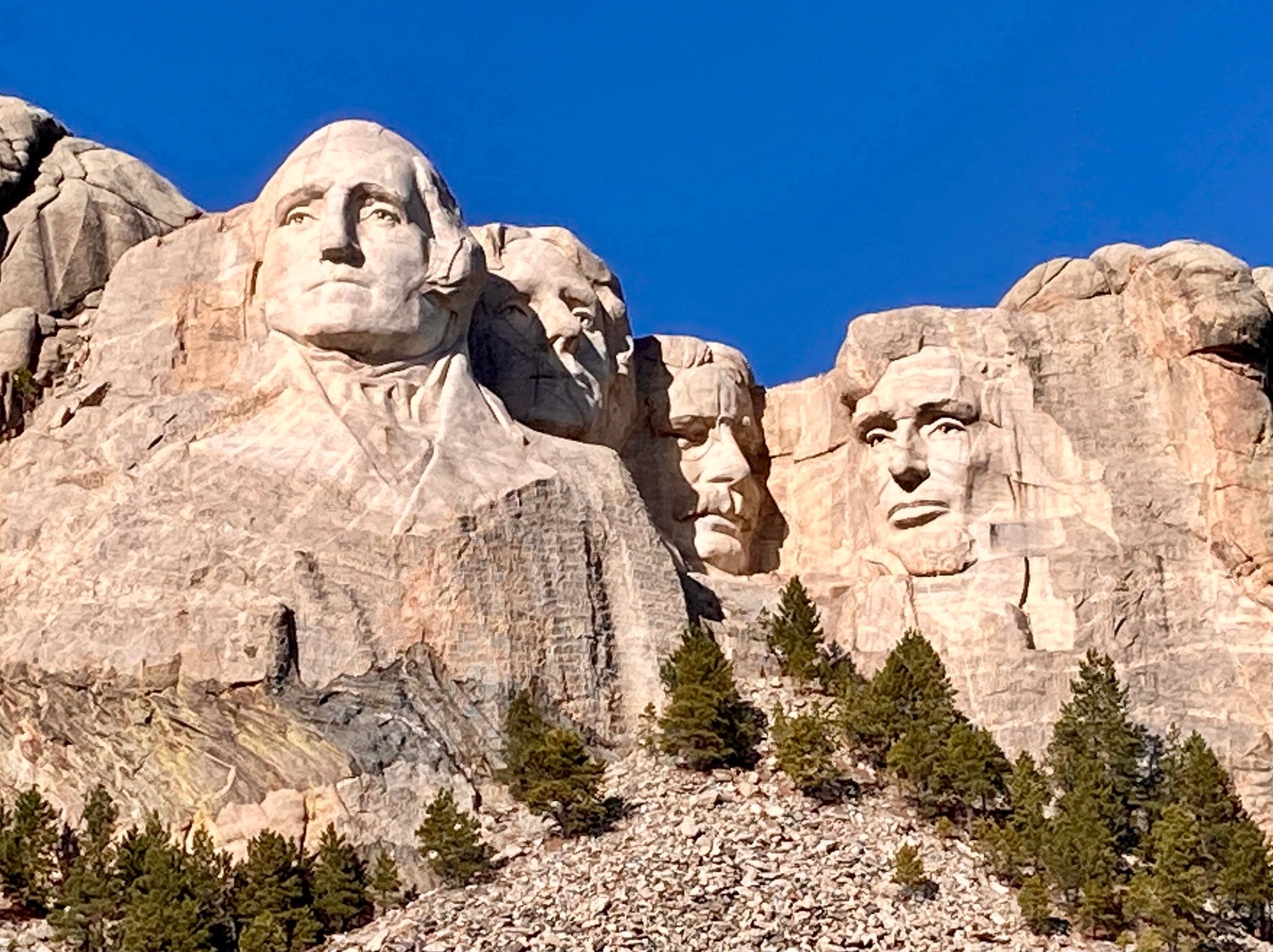
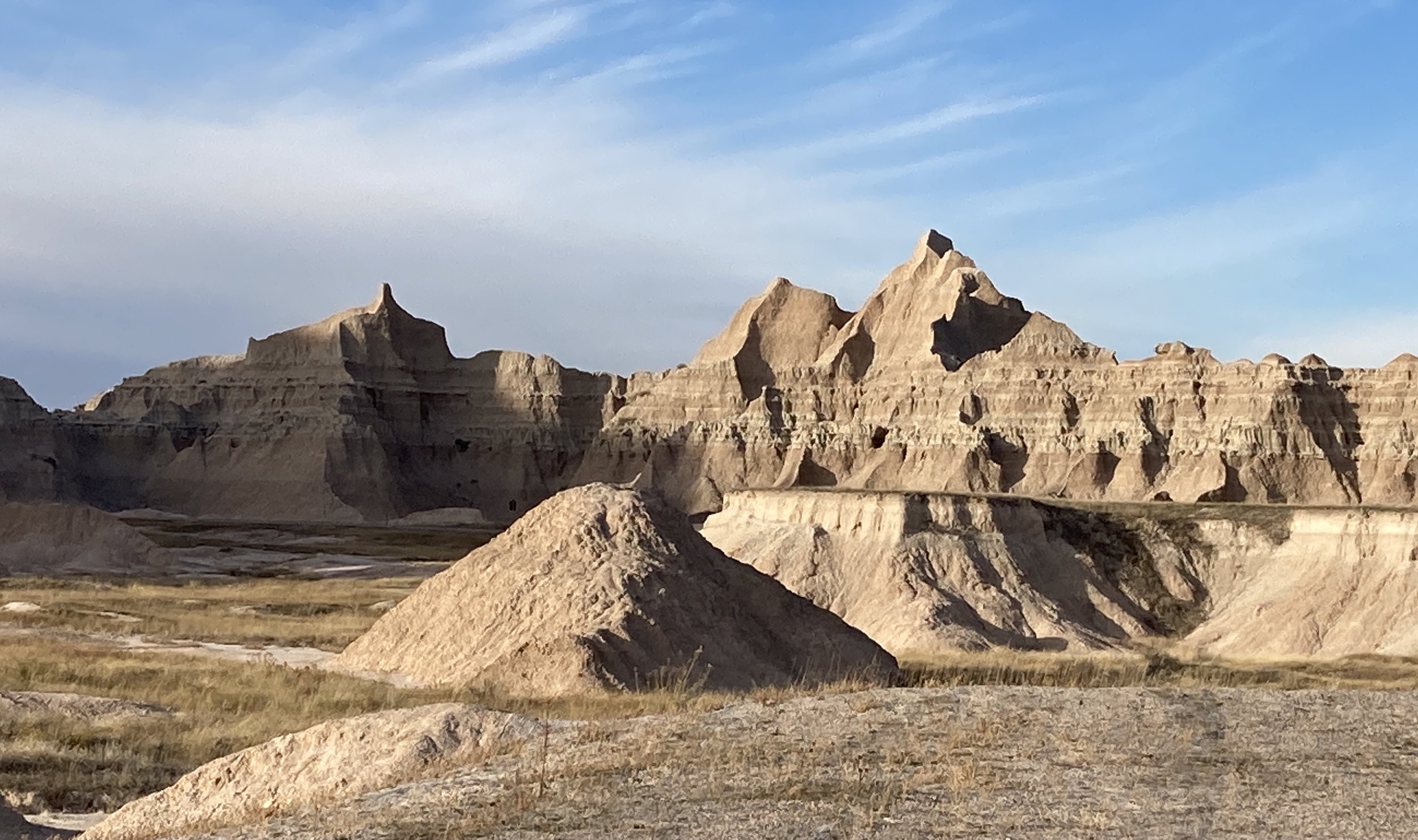
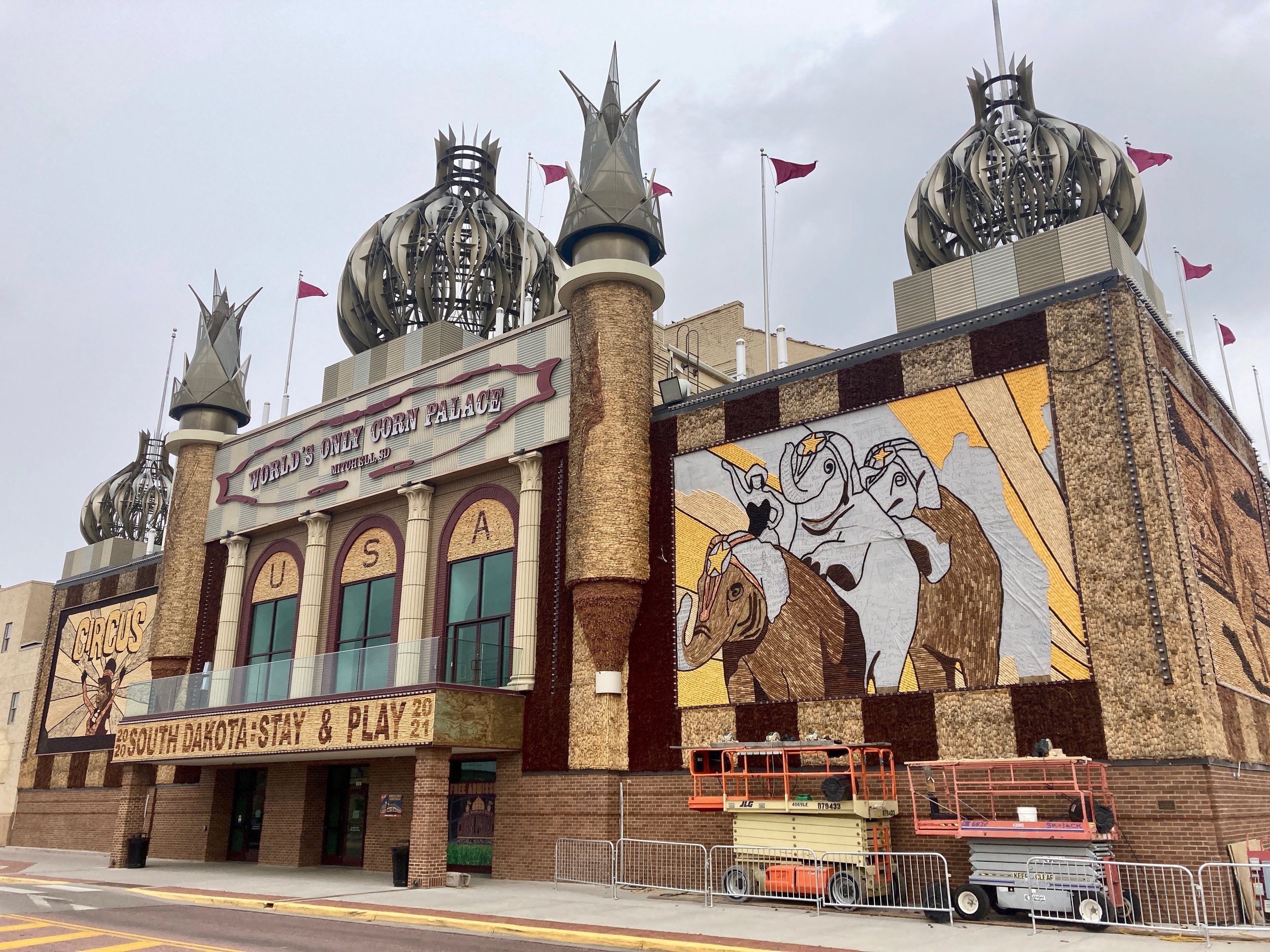

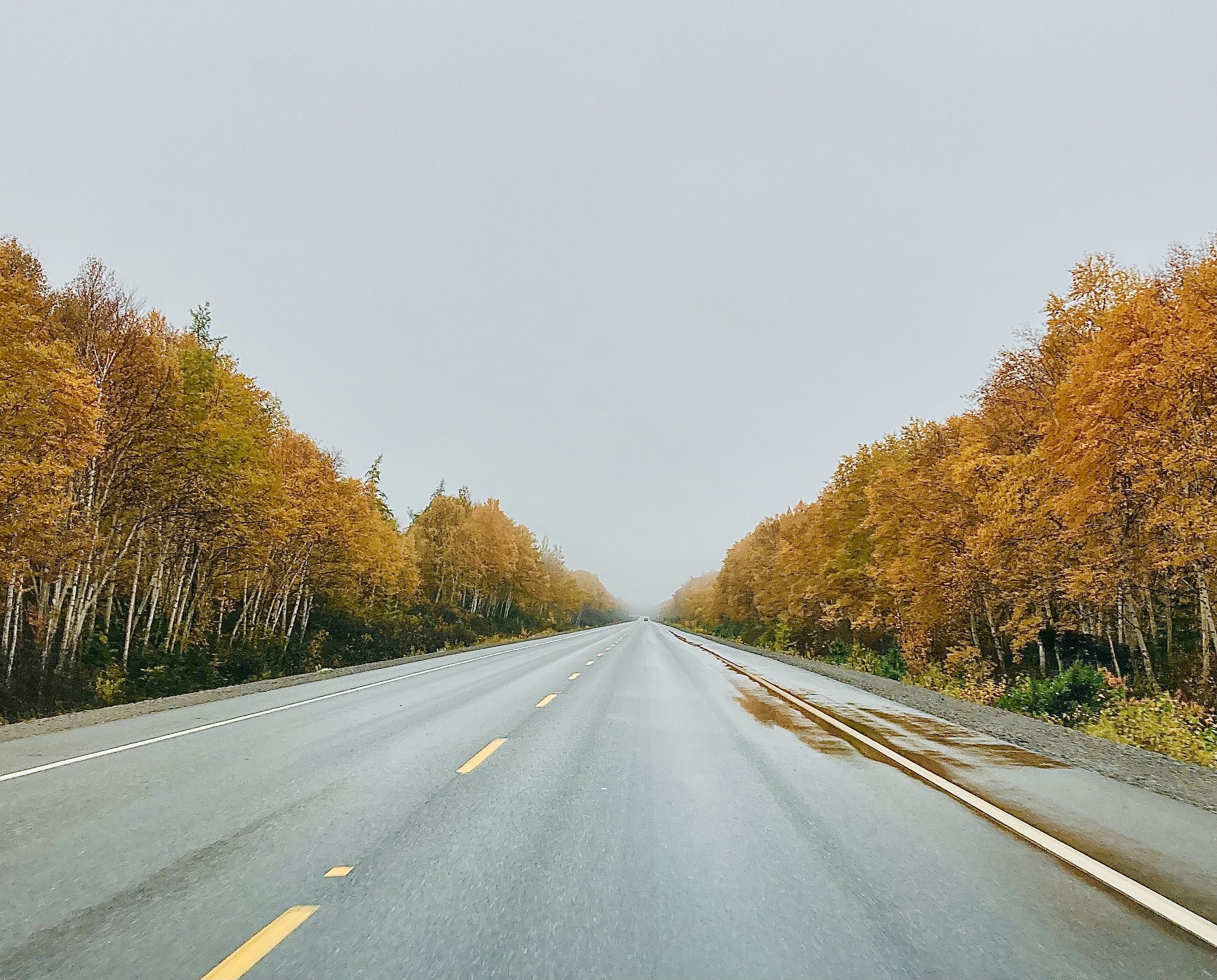
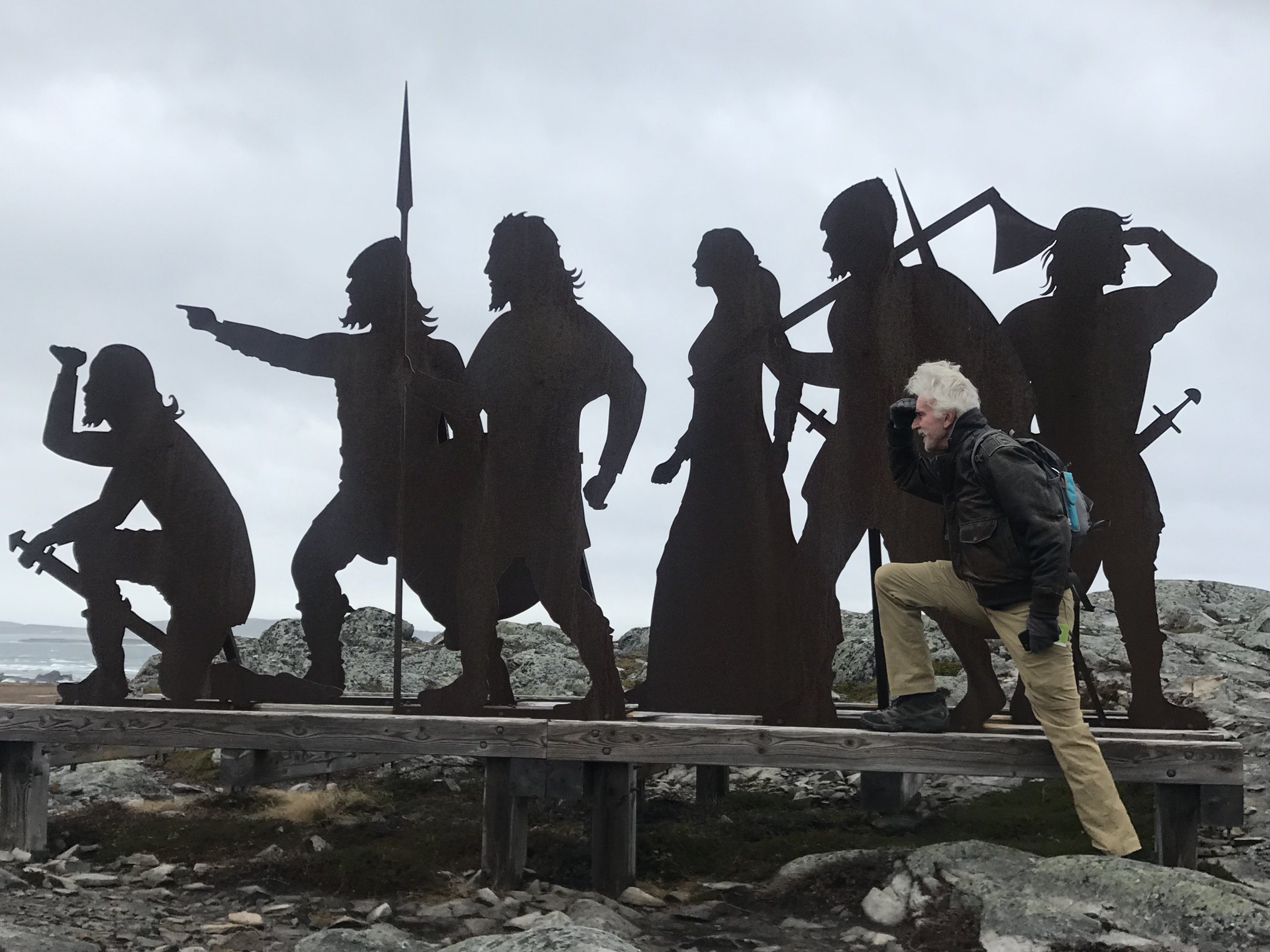
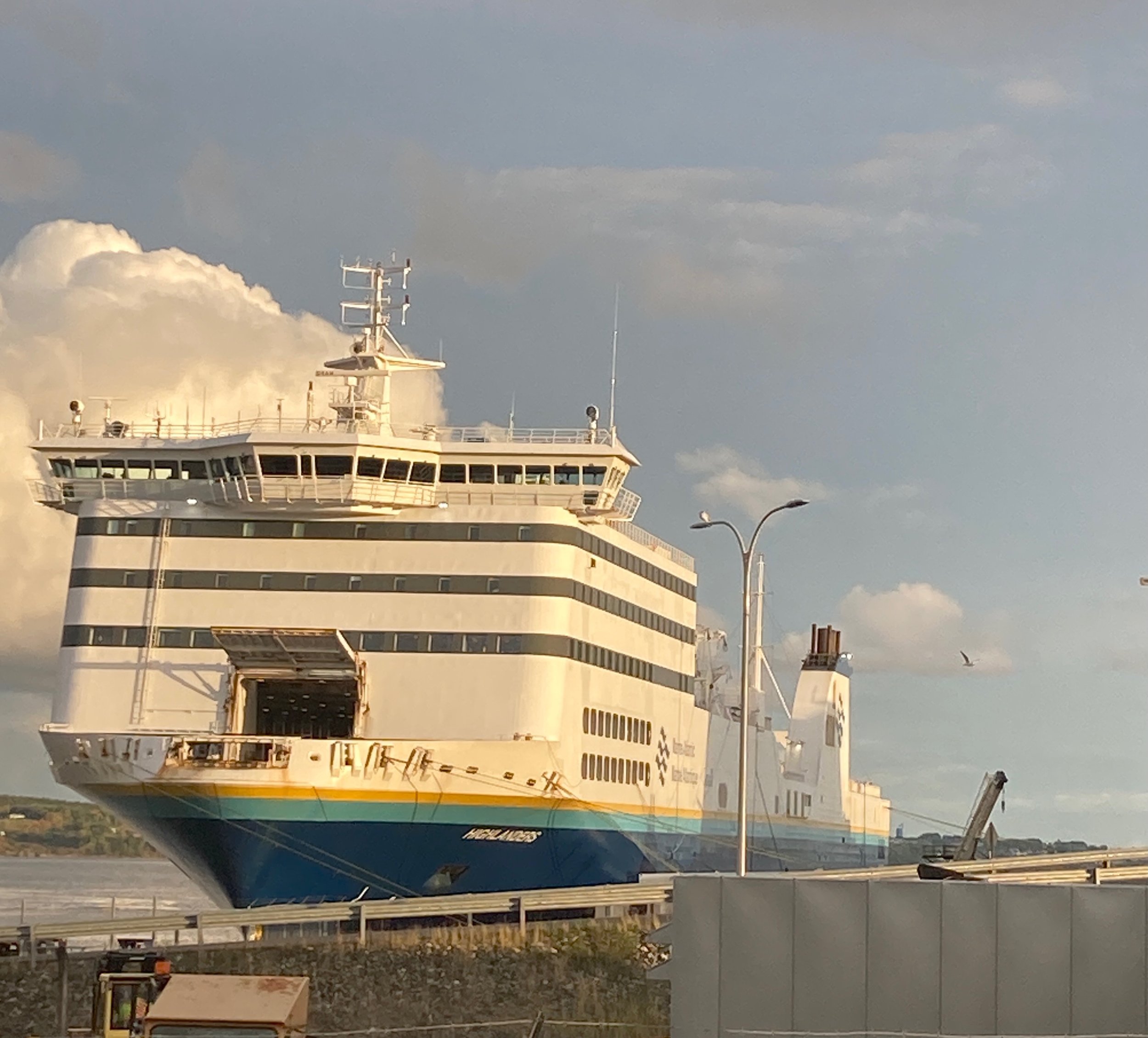

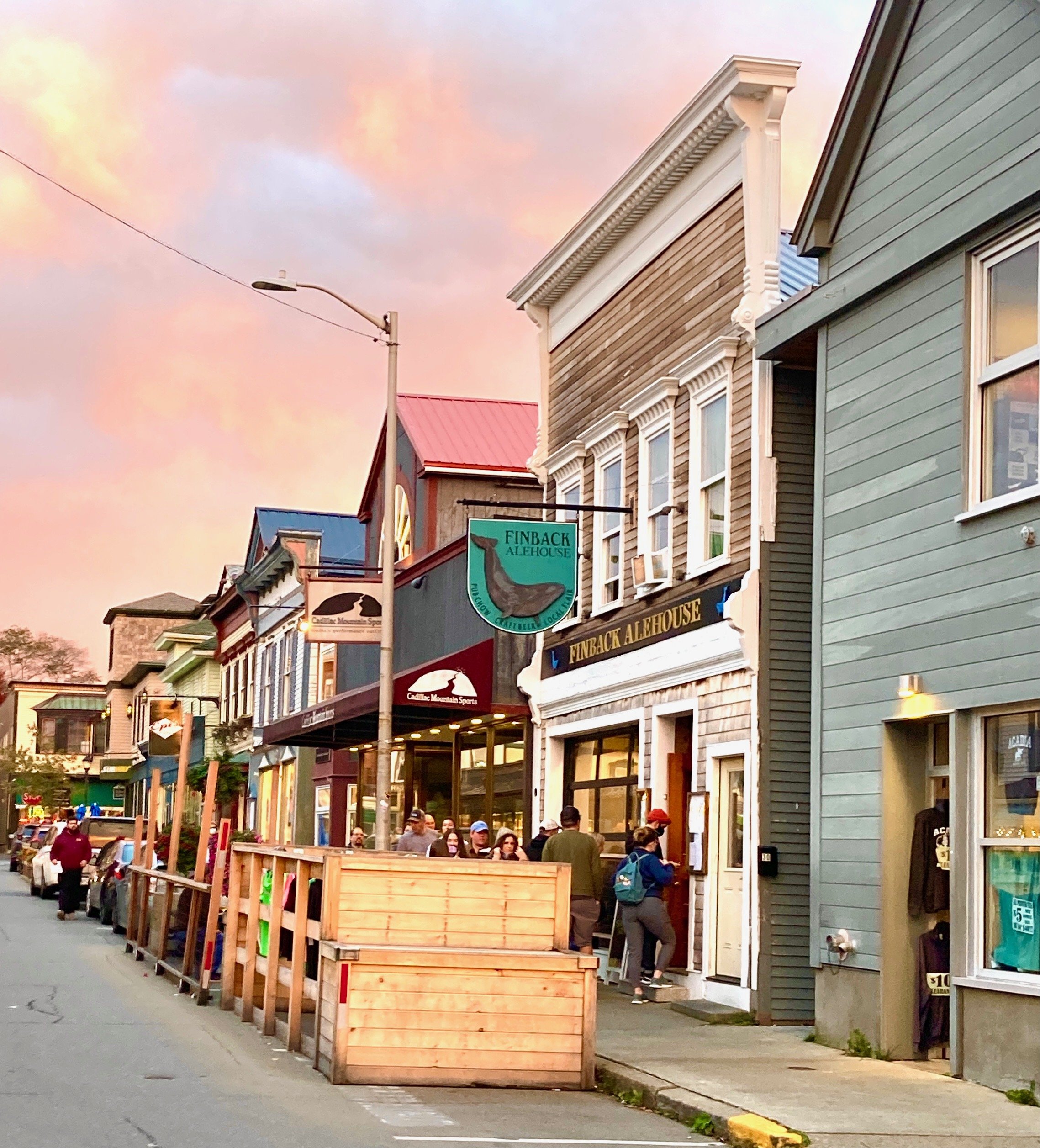



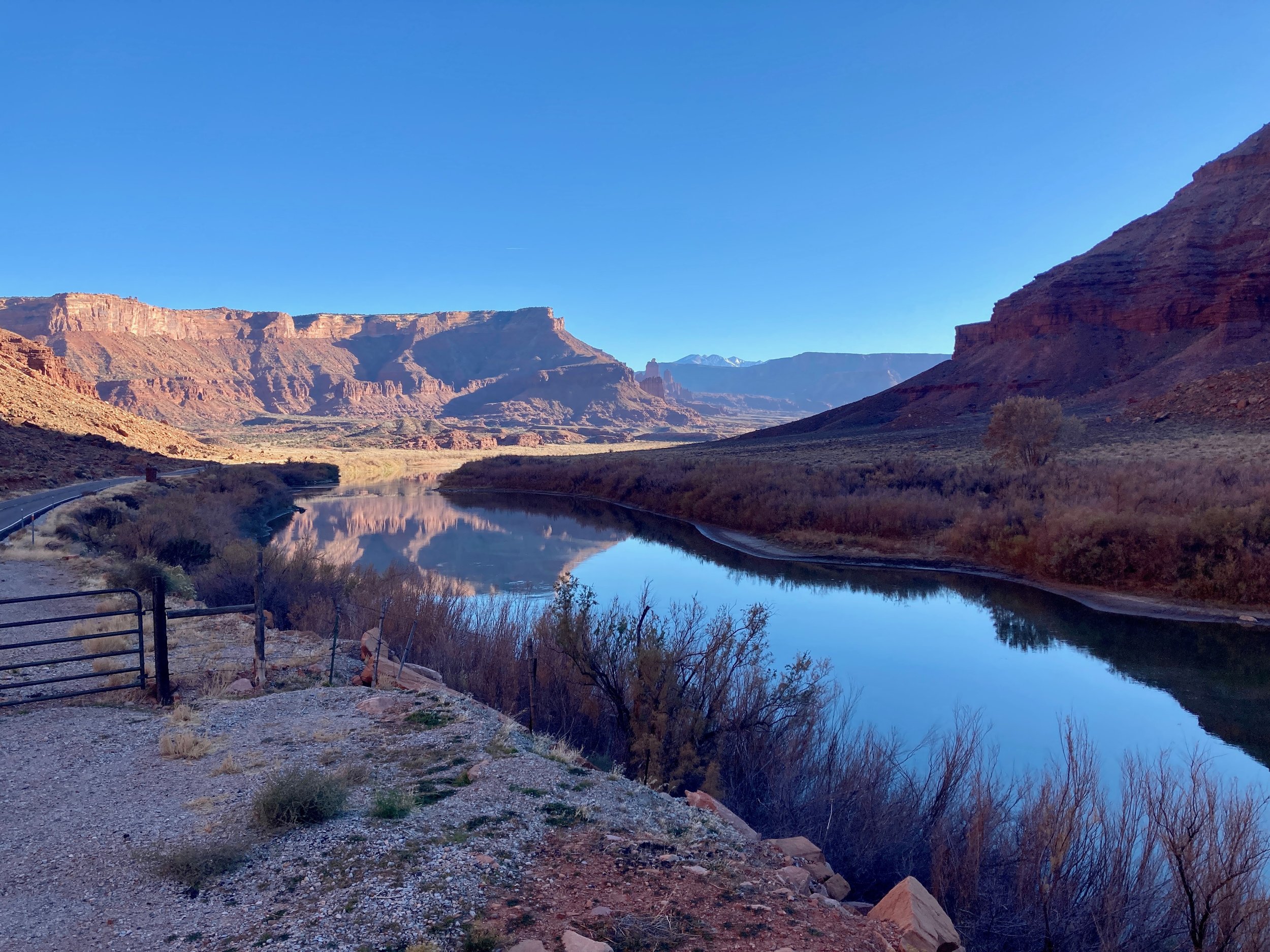

Personal Tales Exploring Ancient Egypt
Built by Alexander the Great to be the capital of an empire stretching from Greece and Egypt to India, Alexandria, Egypt is a city thrumming with energy, history, and diversity. For two travelers recently arrived from Cairo, we stood out like giraffes in a phone booth — but loved every crazy minute of it.
“Walking the streets of this ancient and vibrant city is an experience you will never forget.”